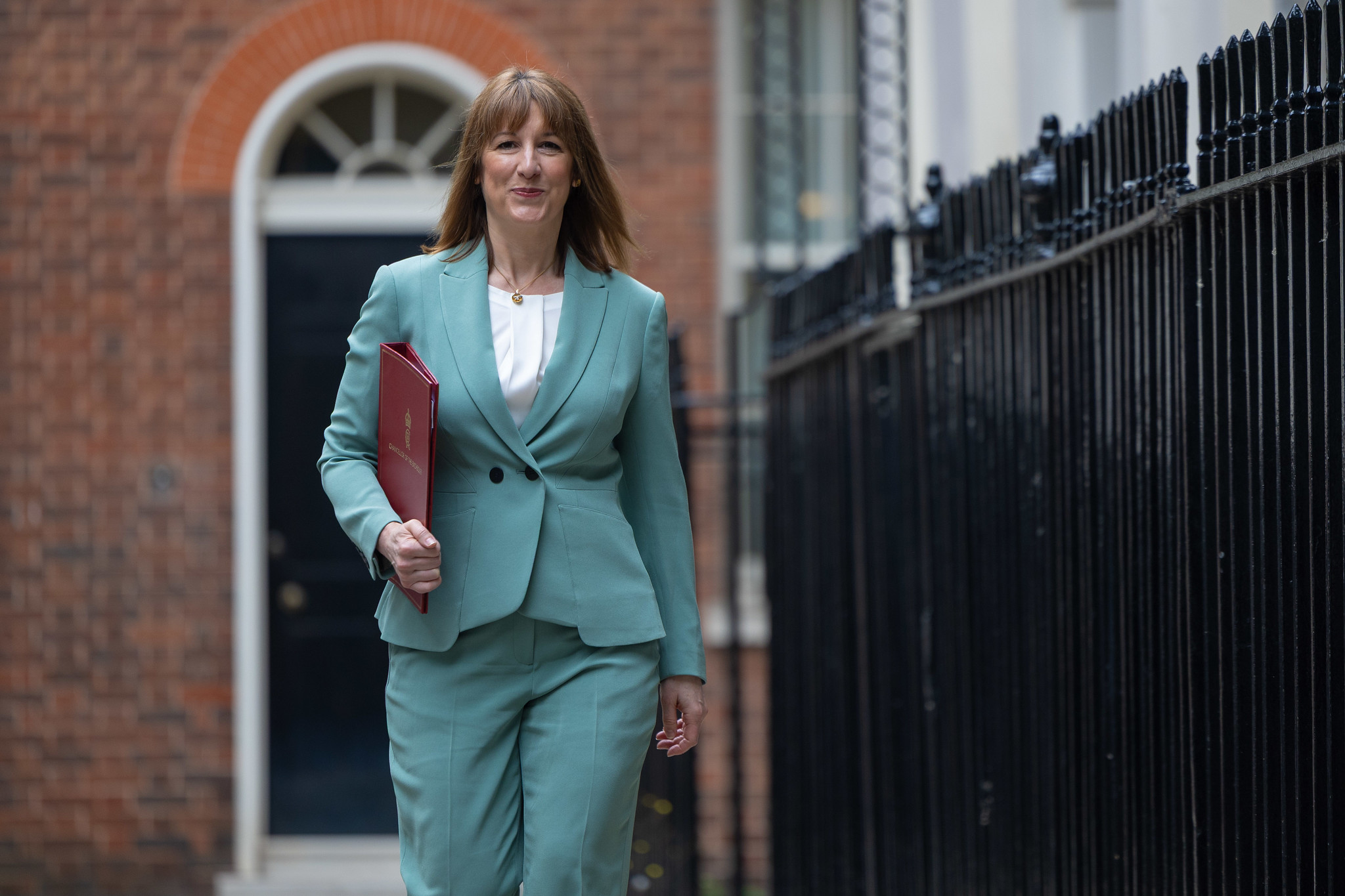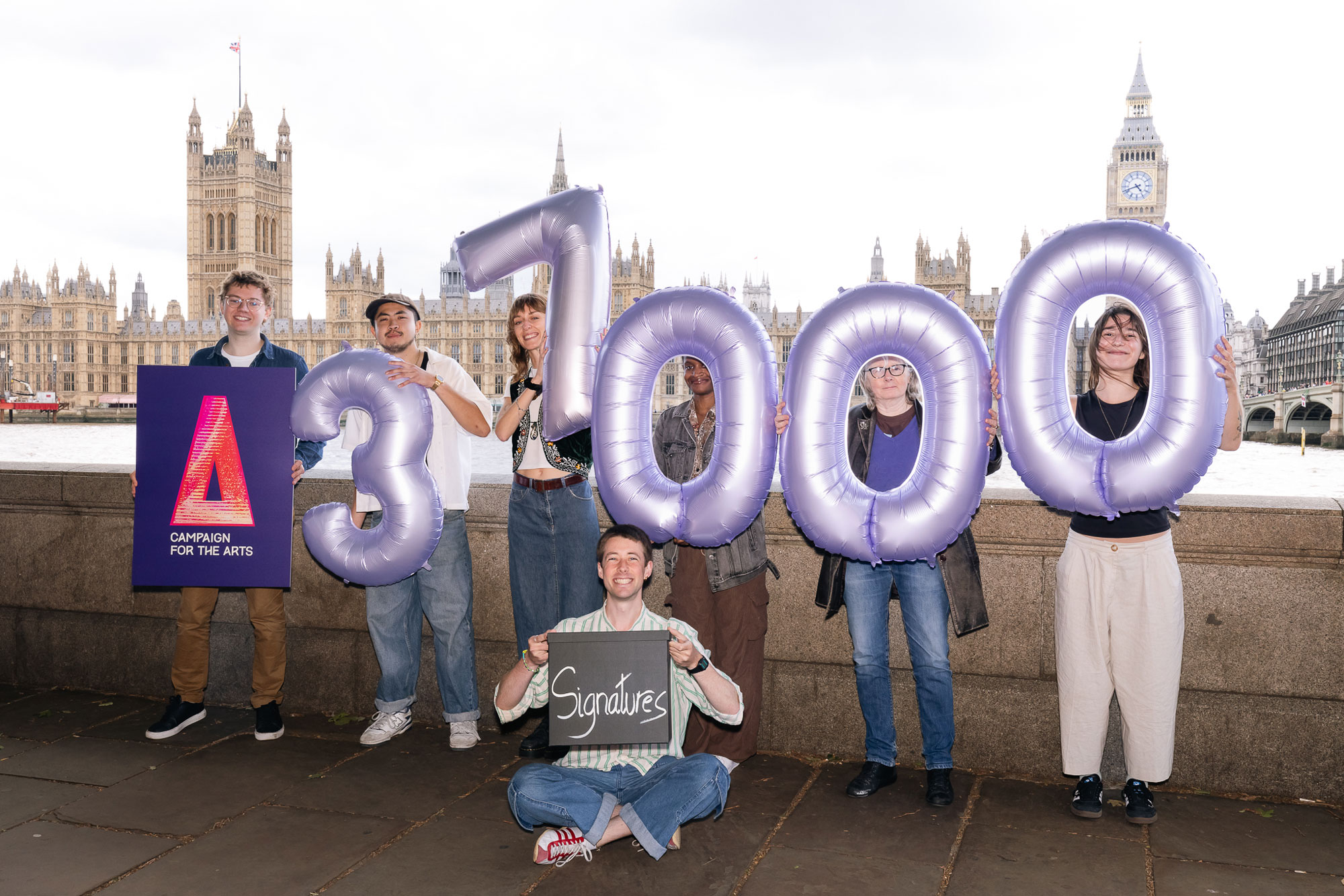The post-pandemic recovery of arts audiences in England is incomplete and uneven, according to a new analysis of official statistics by the Campaign for the Arts and Data Culture Change.
Our new report, Arts attendance in England: Oct 2020 – Sep 2022, finds that:
- Attendance increased across all art forms between October 2020 and September 2022;
- Attendance continues to grow for film, live music, festivals, carnivals and street art;
- Attendance growth for other art forms is slower and may have stalled;
- Attendance of most art forms has not recovered to pre-pandemic levels.
The analysis covers nine art forms included in the new Participation survey, conducted every quarter by the Department for Digital, Culture, Media and Sport (DCMS) and involving 8,000+ adults in England. Since the survey only applies to England, it’s unfortunately not possible to paint a consistent UK-wide picture.
In the three months from July to September 2022, there were no statistically significant increases in attendance of art exhibitions, craft exhibitions, literary events, dance or theatre. Theatre had experienced the biggest attendance increase of any art form by the first quarter of 2022, but by the third quarter the recovery of audiences had stalled. In the latest data release, live music has overtaken theatre as the second most popular art form in England.
This slowdown comes even though attendance of most artforms has not recovered to pre-pandemic levels. By the end of September 2022, the proportion of people attending dance was only 64% of the number recorded in official statistics from 2019-20. Theatre attendance was at only 73% of the prior level.
Jack Gamble, Director of the Campaign for the Arts, said:
“It is very concerning to see a slowdown in returning audiences for several art forms, just as energy bills and production costs are rocketing. After a decade of funding cuts and a devastating pandemic, the cultural sector simply cannot afford another crisis. This is a time to come together in support of the arts, and in defence of the benefits they provide to so many people and communities.”
David Brownlee, Chief Executive of Data Culture Change, said:
“It is concerning to see audiences for several art forms tracking well behind pre-pandemic levels. For theatres, historically July and August have been the quietest months of the year. It is the final quarter of the calendar year that traditionally has been financially most important. We will hope to see a substantial increase in the adult population returning in the period from October to December 2022 when DCMS release new data in the coming months.”
We plan to continue tracking the return of audiences when new raw data is published by the DCMS later in 2023.





